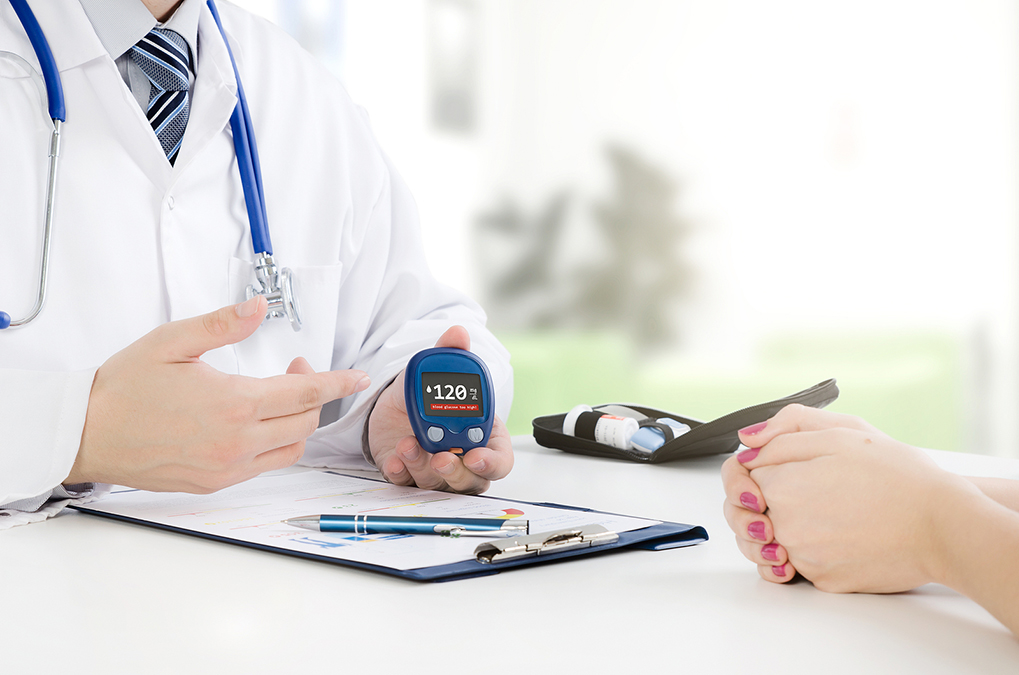 If you want to improve your type 2 diabetes and live longer, scientists have found a surprisingly simple dietary trick: eat a wider variety of colorful plant foods every day.
If you want to improve your type 2 diabetes and live longer, scientists have found a surprisingly simple dietary trick: eat a wider variety of colorful plant foods every day.
Their study appears in the latest edition of the journal Nature Food.
Flavonoids are plant compounds found in fruits, vegetables, tea, and other plant-based foods.
They’re responsible for the bright colors in berries, grapes, and citrus fruits, and they’re also powerful antioxidants that help protect our cells from damage.
Previous studies showed that eating a lot of flavonoids is good for your health.
But this new research went a step further: it looked at how variety in flavonoid intake affects your risk of disease.
Researchers used data from the UK Biobank, a large long-term health study.
They looked at 124,805 adults aged 40 and older who had completed detailed dietary questionnaires.
Then they tracked participants over an average of nine years to see who developed chronic diseases such as type 2 diabetes, cardiovascular disease, cancer, respiratory disease, and brain diseases like dementia.
They also recorded who died during the follow-up period and analyzed whether those outcomes were linked to how much and how many types of flavonoids people consumed.
The results were clear: more variety meant better health outcomes.
Here’s how people with the most diverse flavonoid intake compared to those with the least:
-
1. 14% lower risk of dying from any cause.
2. 20% lower risk of developing type 2 diabetes.
3. 10% lower risk of heart disease.
4. 8% lower risk of cancer.
5. 8% lower risk of respiratory disease.
6. 20% lower risk of neurodegenerative disease—but only at the highest overall intake levels.
The researchers also discovered that both quantity and variety mattered independently.
People eating about 500 milligrams of flavonoids daily (compared to 230 milligrams) had lower risks of most diseases.
But the biggest protection came from eating around 1,400 milligrams daily from many different sources.
People who got most of their flavonoids from just one source (usually tea) didn’t get the same benefits as those who mixed things up with berries, apples, grapes, red wine, and oranges.
The most useful flavonoids for reducing diabetes risk specifically were flavan-3-ols (found in tea, apples, and cocoa) and flavones (in parsley, citrus peel, and celery).
So, make sure they’re part of your diet, along with as many other rainbow-colored fruits and vegetables as possible.
But this is only one piece of the puzzle.

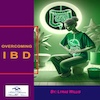 Overcoming IBD
Overcoming IBD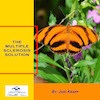 Multiple Sclerosis
Multiple Sclerosis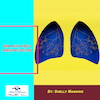 Banishing Bronchitis
Banishing Bronchitis Gum Disease Gone
Gum Disease Gone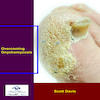 Overcoming Onychomycosis
Overcoming Onychomycosis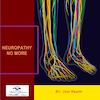 Neuropathy No More
Neuropathy No More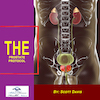 The Prostate Protocol
The Prostate Protocol Brain Booster
Brain Booster
 Ironbound
Ironbound
 Solution for Shingles
Solution for Shingles
 The Bone Density Solution
The Bone Density Solution
 The Ultimate Healing Protocol
The Ultimate Healing Protocol
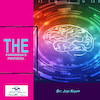 The Parkinson's Protocol
The Parkinson's Protocol
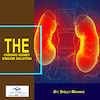 The Chronic Kidney Disease Solution
The Chronic Kidney Disease Solution
 Overthrowing Anxiety
Overthrowing Anxiety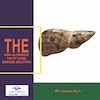 The Fatty Liver Solution
The Fatty Liver Solution The Hypothyroidism Solution
The Hypothyroidism Solution
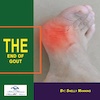 The End of Gout
The End of Gout The Blood Pressure Program
The Blood Pressure Program
 The Oxigized Cholesterol Strategy
The Oxigized Cholesterol Strategy
 Stop Snoring And Sleep Apnea Program
Stop Snoring And Sleep Apnea Program
 The Arthritis Strategy
The Arthritis Strategy The Vertigo & Dizziness Program
The Vertigo & Dizziness Program The 3-Step Diabetes Strategy
The 3-Step Diabetes Strategy Hemorrhoids Healing Protocol
Hemorrhoids Healing Protocol The Erectile Dysfunction Master
The Erectile Dysfunction Master Weight Loss Breeze
Weight Loss Breeze The IBS Program
The IBS Program The Insomnia Program
The Insomnia Program The Migraine and Headache Program
The Migraine and Headache Program The Neck Pain Solution
The Neck Pain Solution The Menopause Solution
The Menopause Solution The Ejaculation Master
The Ejaculation Master The TMJ Solution
The TMJ Solution The Acid Reflux Solution
The Acid Reflux Solution The Fibromyalgia Solution
The Fibromyalgia Solution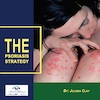 The Psoriasis Strategy
The Psoriasis Strategy